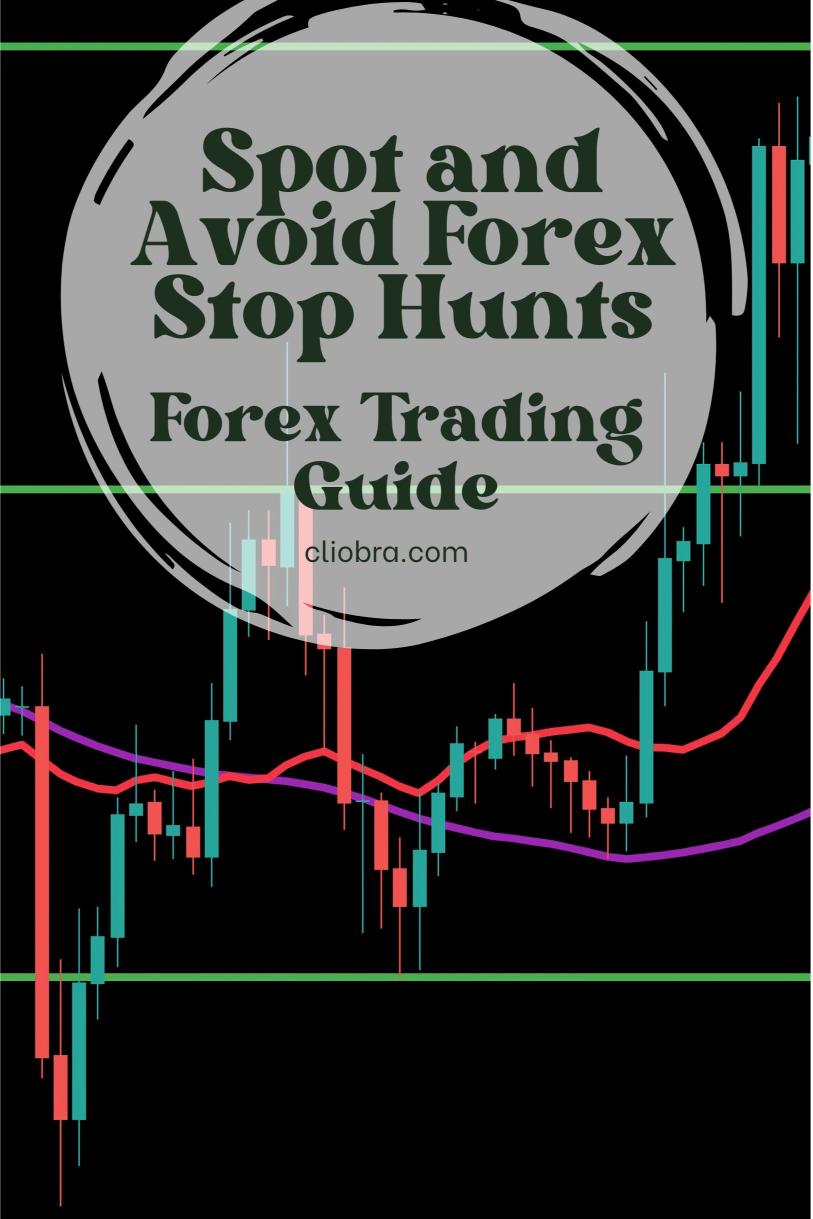Last Updated on February 5, 2025 by Arif Chowdhury
Ever felt like the market is playing tricks on you?
You analyze the charts, make your move, and suddenly, your stop loss gets hit.
Frustrating, right?
Welcome to the world of Forex stop hunts.
As a seasoned Forex trader since 2015, I’ve been through these traps.
Let’s break down how to spot them and avoid getting caught.
What is a Stop Hunt?
A stop hunt is when market makers drive the price to trigger stop losses before reversing direction.
It’s like a trapdoor opening just as you step on it.
Market makers know where most traders place their stops.
They exploit this knowledge for their profit.
Why Do Stop Hunts Happen?
Market makers need liquidity.
To fill big orders, they create volatility.
They push prices to levels where many traders have their stop losses, triggering them all at once.
This can lead to significant price swings.
Did you know that around 70% of retail traders end up losing money?
Many of these losses are due to stop hunts and market manipulation.
Spotting Stop Hunts
- Look at the Volume
High volume during sudden price movements can indicate a stop hunt.
If you see a spike in volume with little news, be cautious. - Check for Key Levels
Identify support and resistance levels.
Stop hunts often occur around these levels. - Watch for Whipsaws
A whipsaw happens when the price quickly moves in one direction, then reverses.
If you see this, it might be a stop hunt. - Use Technical Indicators
Indicators like the Relative Strength Index (RSI) can help.
If the RSI shows overbought or oversold conditions along with a price spike, beware. - Monitor News Events
Economic news releases can lead to volatility.
If a stop hunt happens right after a major news release, it’s likely not a coincidence.
Avoiding Stop Hunts
- Place Stops Strategically
Avoid placing stops at obvious levels.
Instead, consider placing them slightly above resistance or below support. - Use Wider Stops
Sometimes, giving your trades a bit more room can help.
This may reduce the chances of being stopped out by market fluctuations. - Keep an Eye on Market Sentiment
Follow market sentiment.
If everyone is bullish, a bearish stop hunt is more likely. - Trade with a Plan
Have a solid trading plan and stick to it.
Emotional trading can lead to mistakes and stop hunting. - Diversify Your Strategies
Use different strategies across various currency pairs.
This reduces the risk of simultaneous losses.
As I’ve mentioned, I have 16 trading bots that can help you navigate these waters.
Each bot is strategically diversified across major pairs like EUR/USD, GBP/USD, USD/CHF, and USD/JPY.
They’re designed to trade long-term, aiming for solid pips while minimizing correlated losses.
If you want to learn more, check out my trading bots portfolio.
Real-Life Example
Let’s say you’re trading GBP/USD.
You place a buy order with a stop loss just below a recent swing low.
The market makers notice this.
They push the price down, triggering your stop loss before reversing and shooting right back up.
Frustrating, right?
This is why understanding stop hunts is crucial.
The Bottom Line
Stop hunts are a common challenge in Forex trading.
But with the right knowledge and strategies, you can spot and avoid them.
Stay aware of market conditions, use strategic stops, and always have a plan.
And remember, trading doesn’t have to be a solo journey.
Finding a reputable broker can make all the difference.
I’ve tested many, and you can find the best Forex Brokers I have tested.
This can enhance your trading experience and help you stay ahead of market makers.
Trading can be a rollercoaster ride, but with the right tools and knowledge, you can navigate it successfully.
